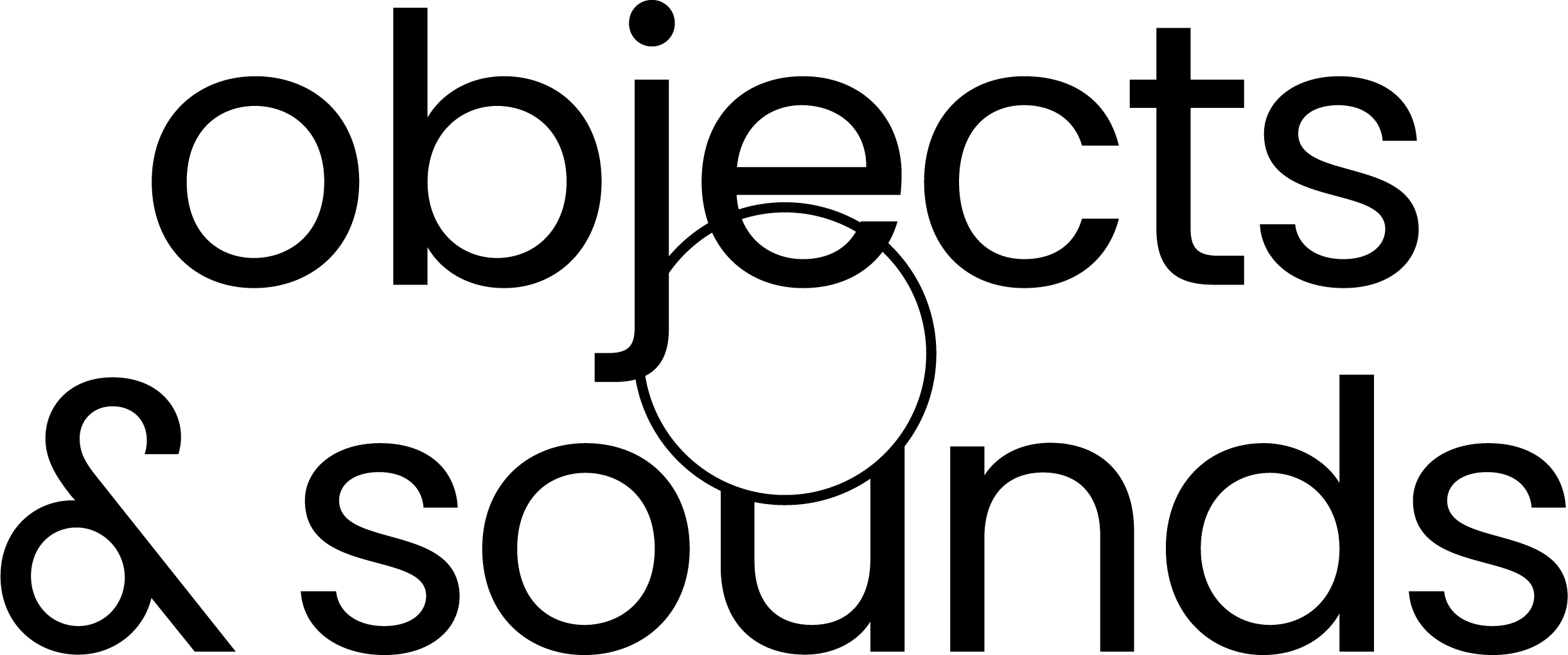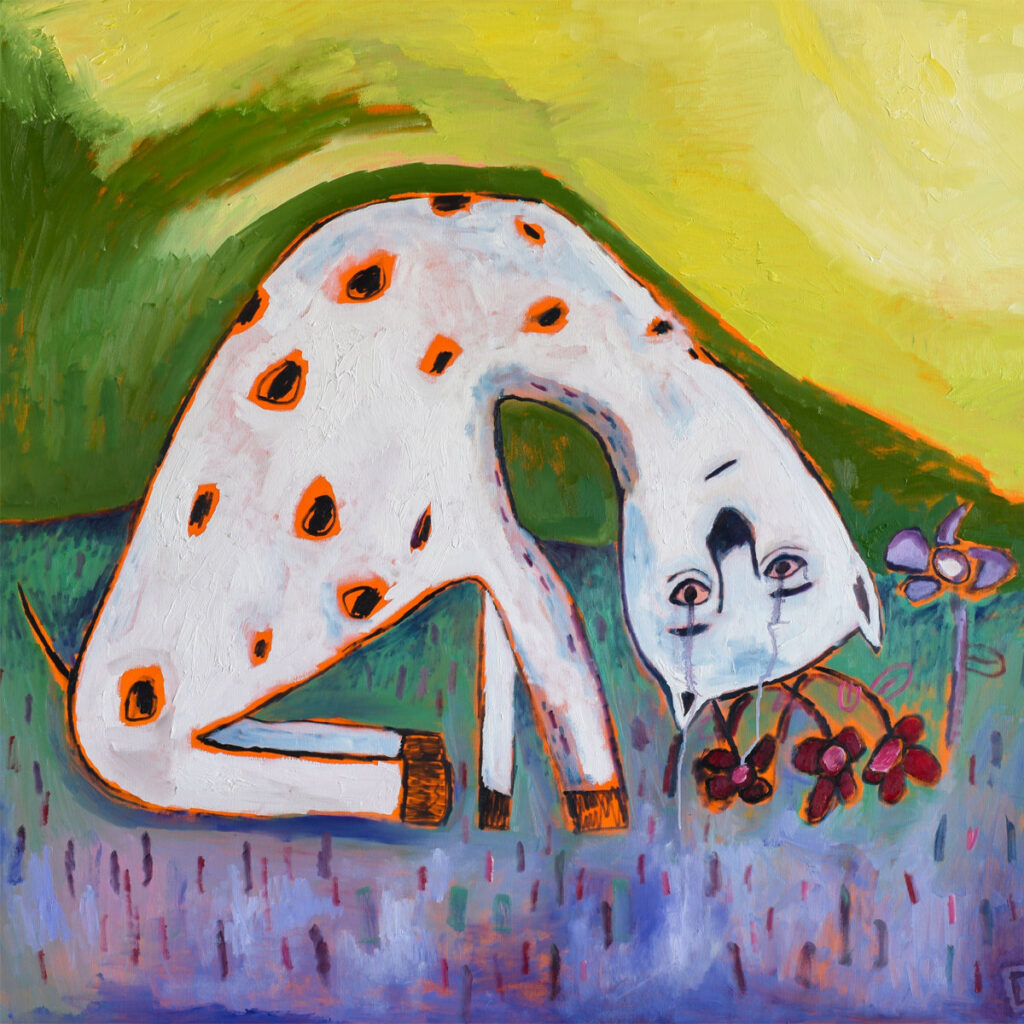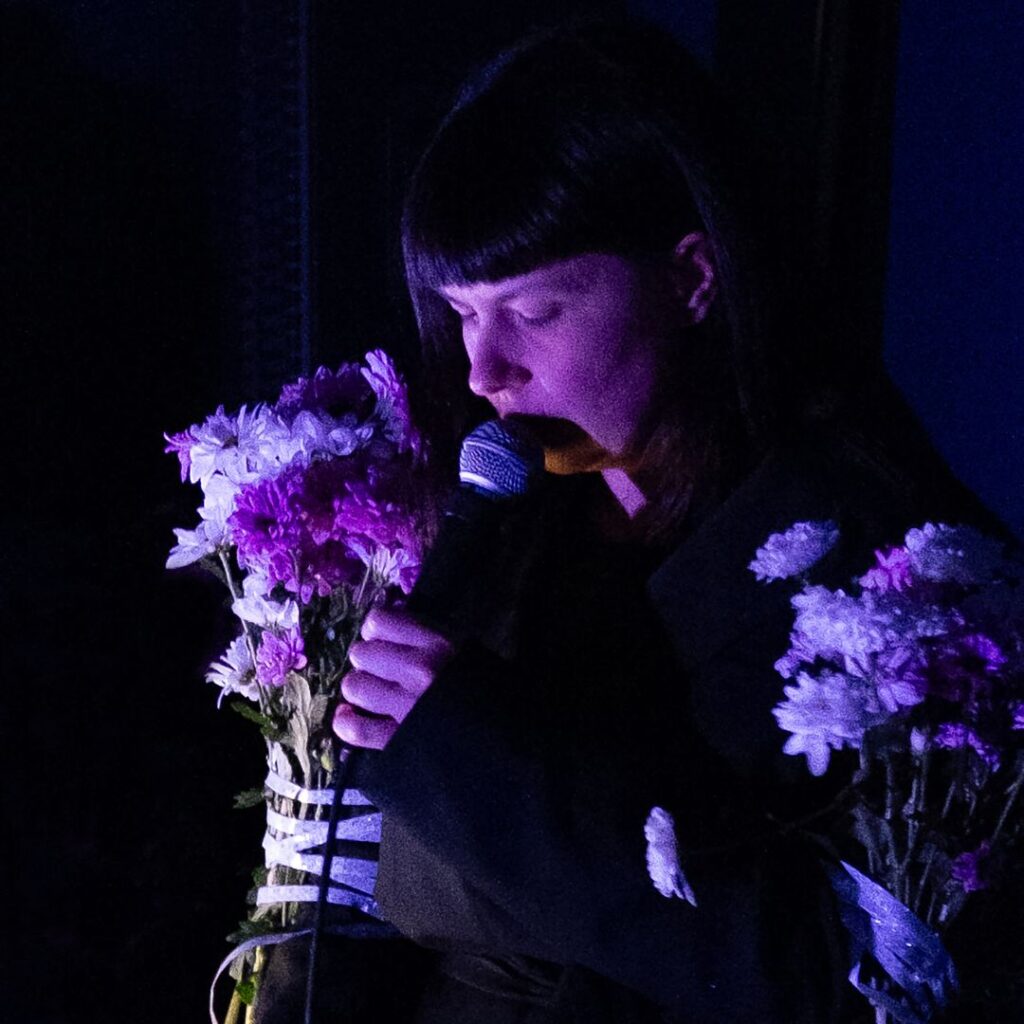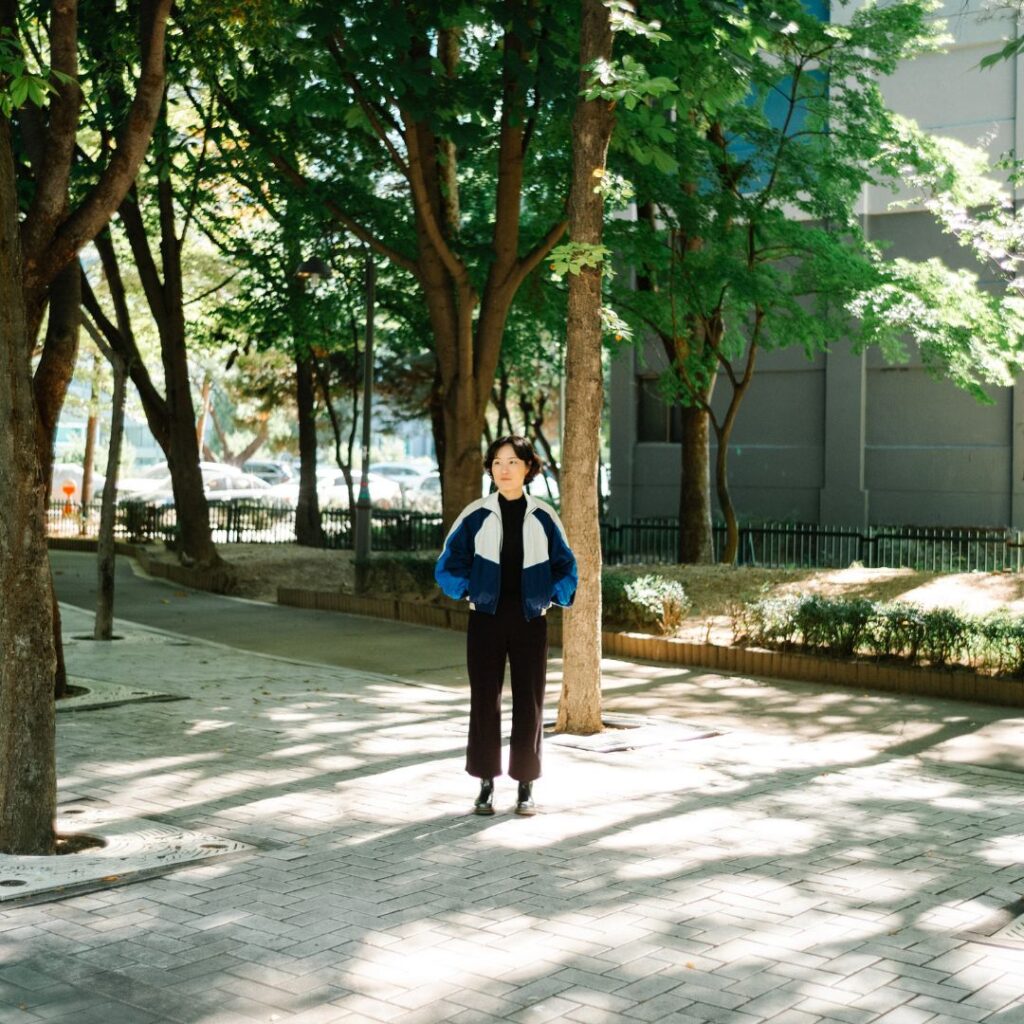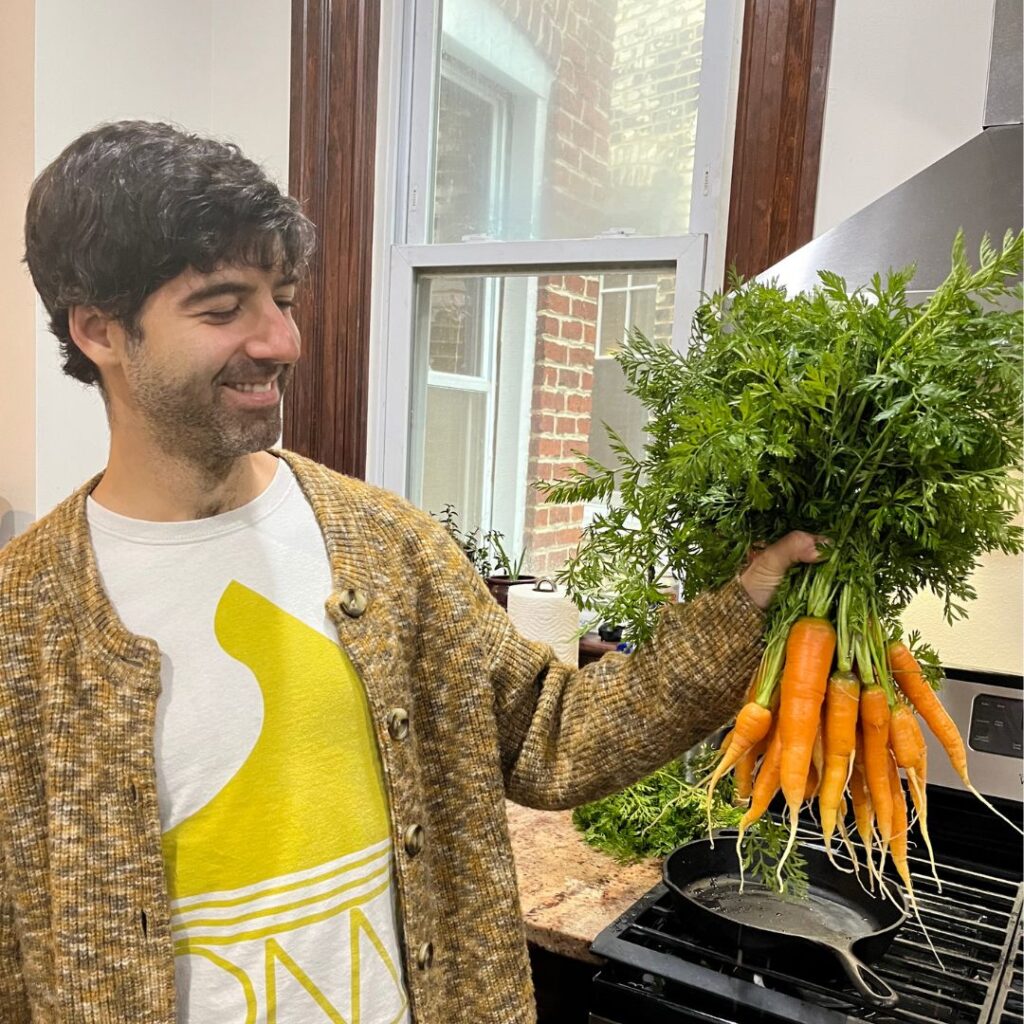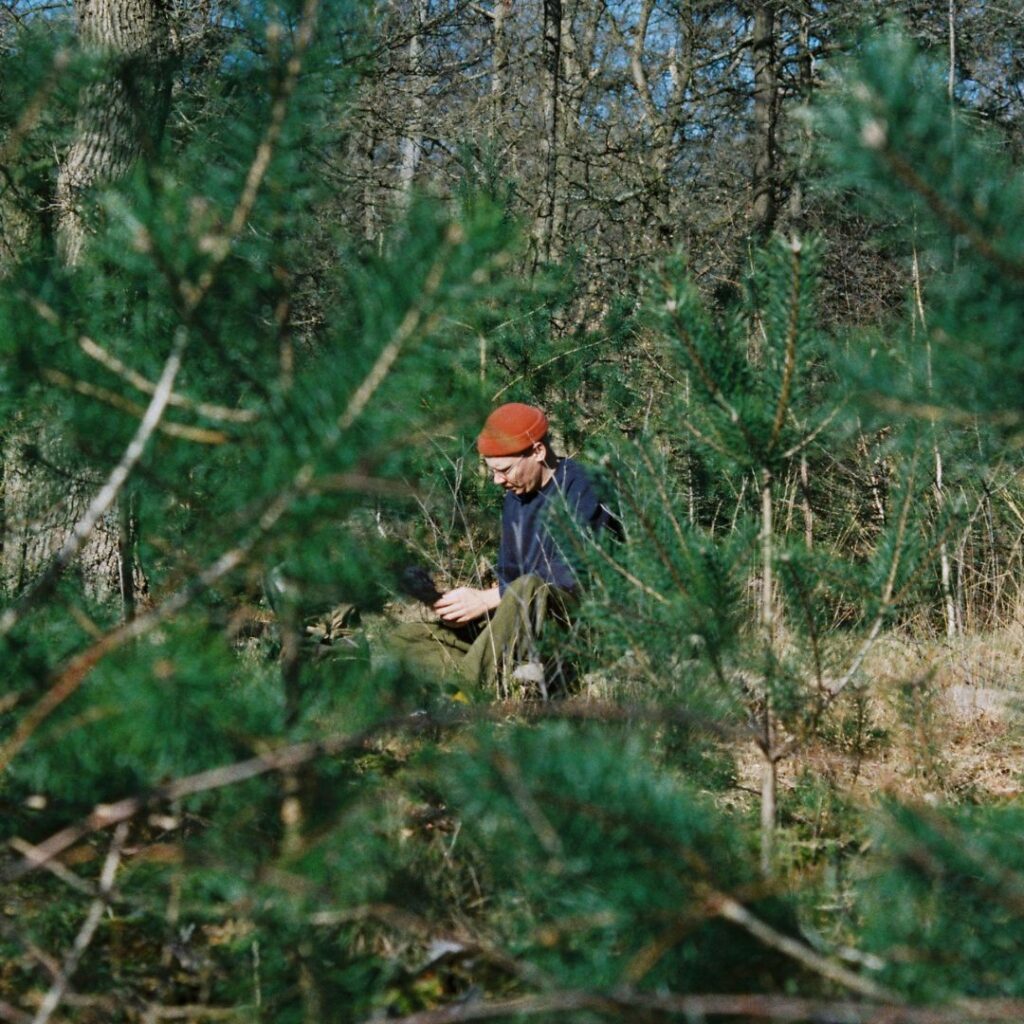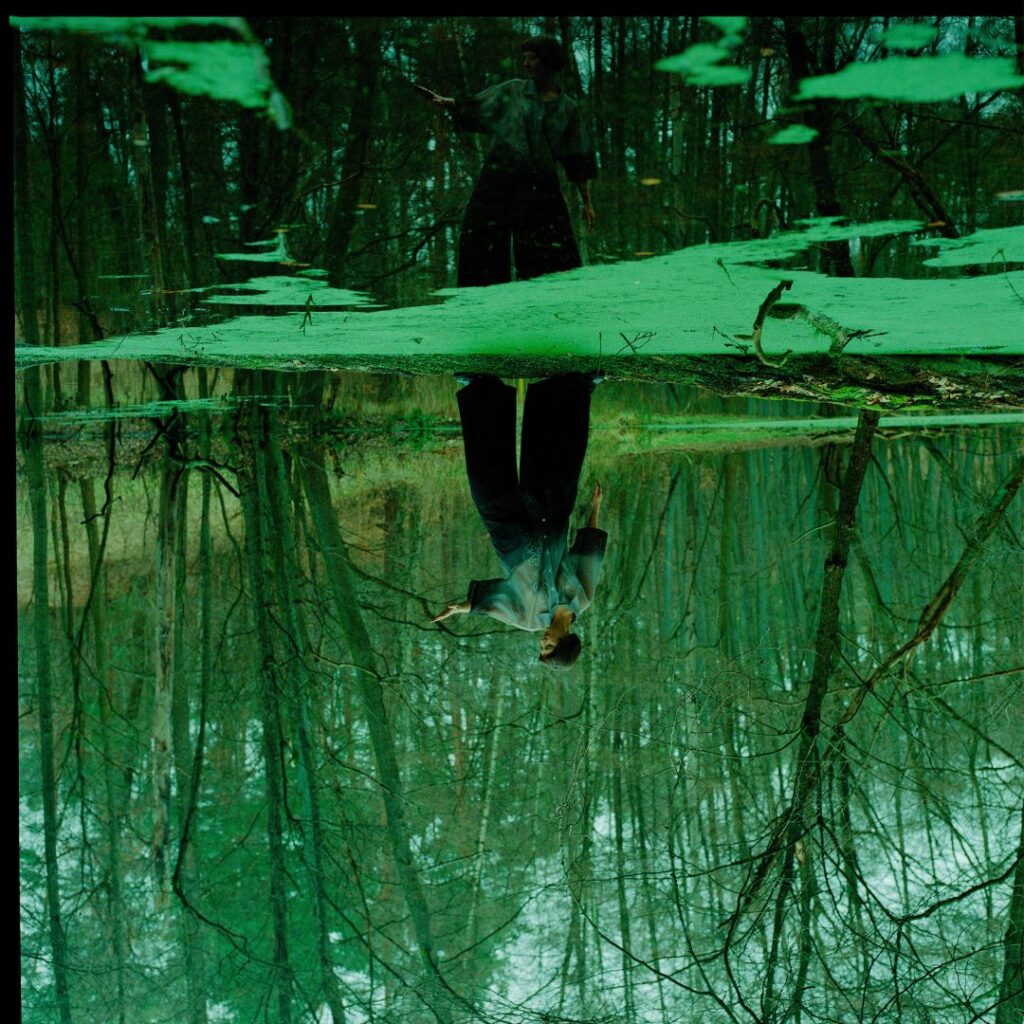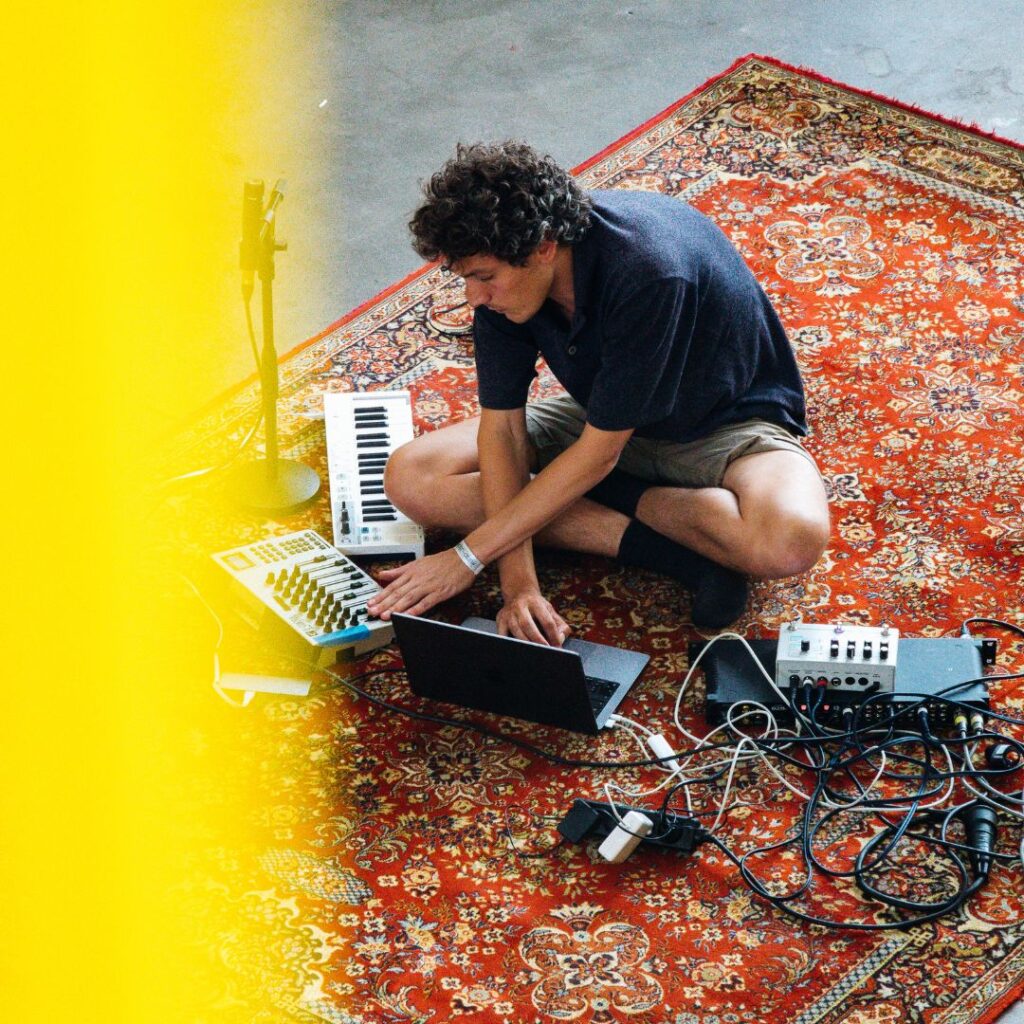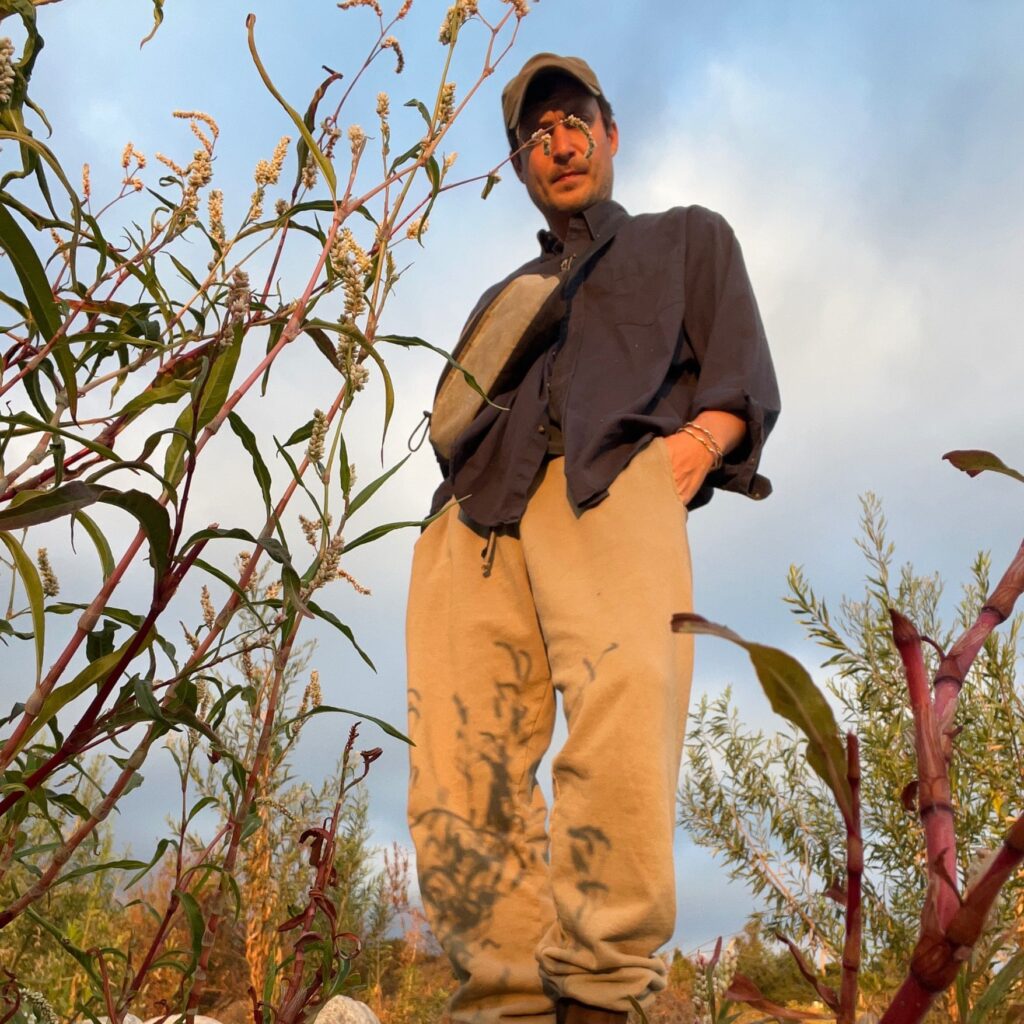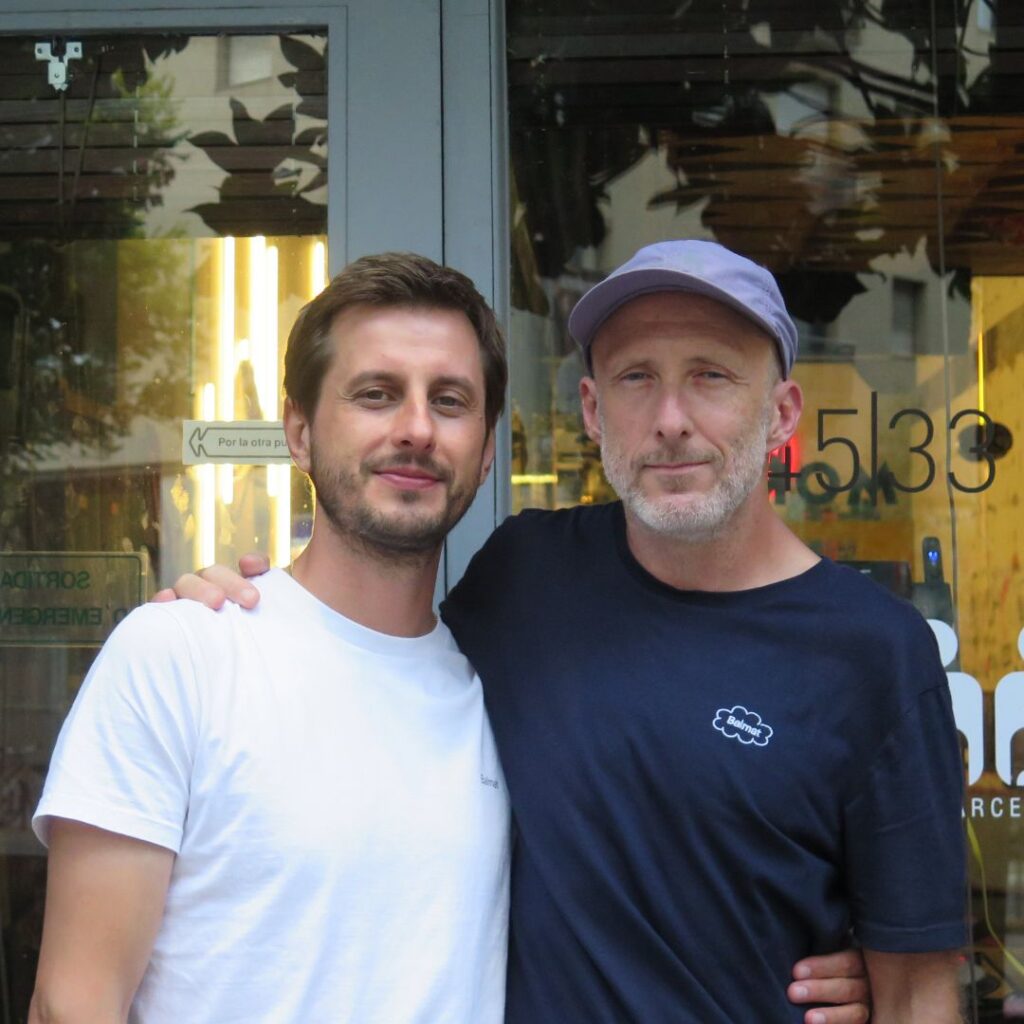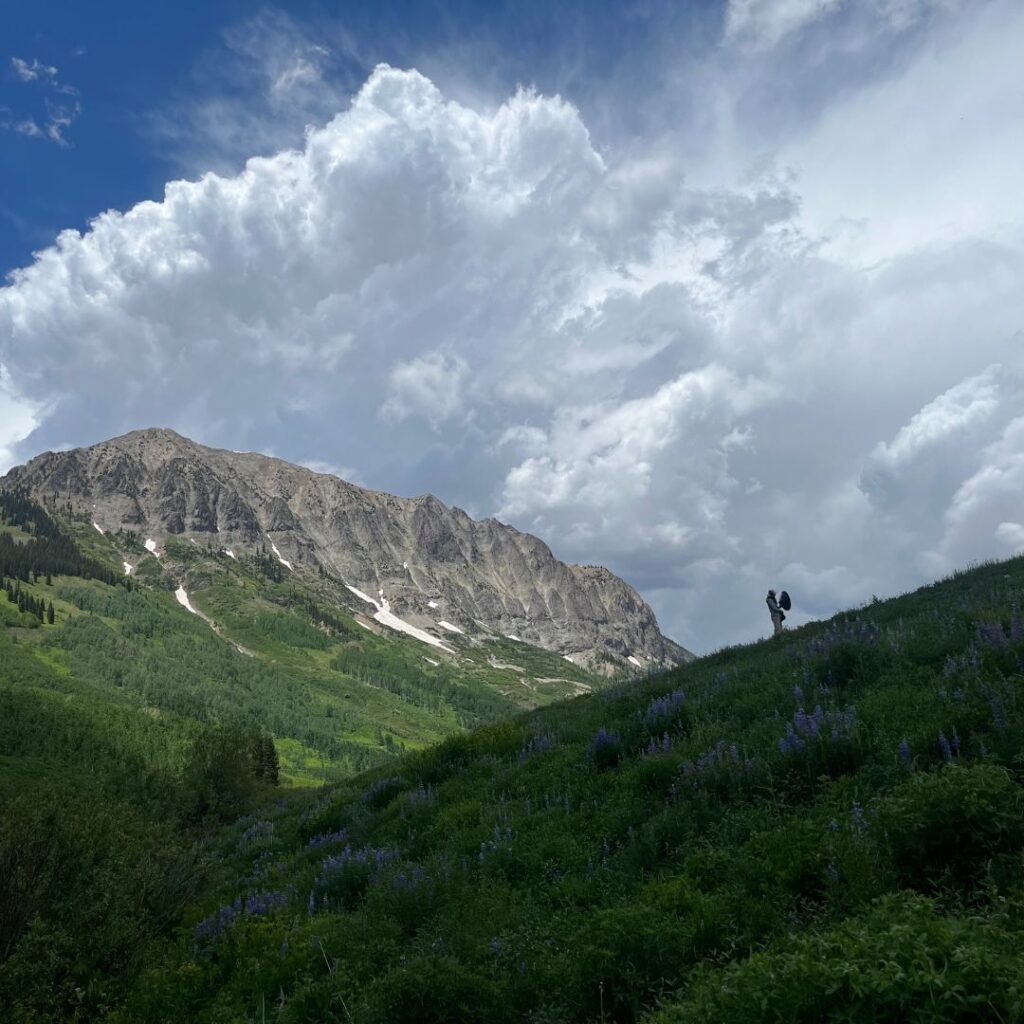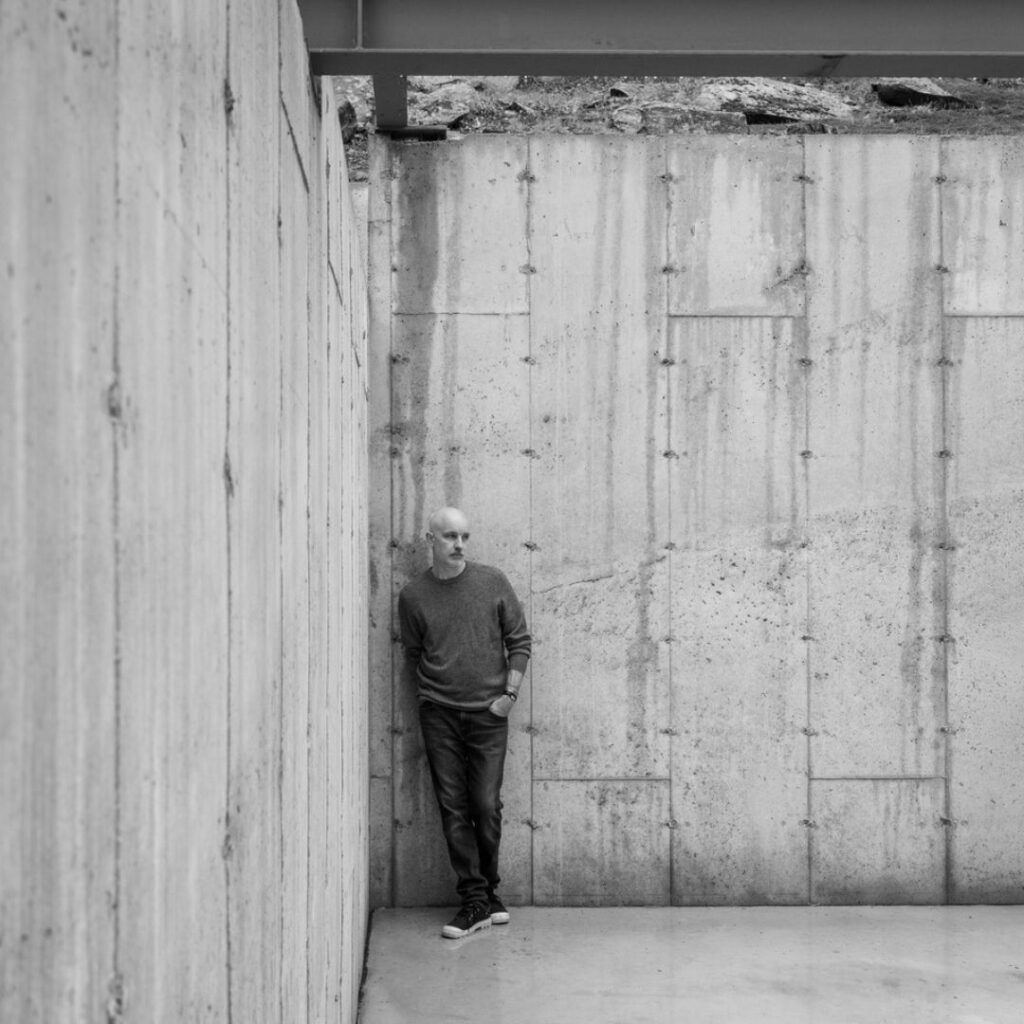animating life with Love Is Yes
When you enter the world of Love Is Yes, you’ll immediately encounter whimsical melodies and colorful characters that come to life in an imaginative display of sound and image. Behind the mischief and delight are Sander van der Toorn and Dax Niesten, whose eponymous debut album, ‘Love Is Yes,’ is marked by whispered tales etched between fragments of time, like stories in the sand.
Despite their disparate approaches to making music, Love Is Yes is a testament to the cohesive magic and joy they’re able to create together, a multi-faceted experience that we gratefully want to explore with a full-hearted “yes.”
What creative projects were you both working on before you began collaborating on Love Is Yes?
Sander: I released an album called Vervlogenheden in 2022. It’s an instrumental album created entirely with a Fender Rhodes. I started working on another album afterward, but it ended up being a bit too dark and grainy. Some tracks from that project made it onto the Love is Yes album, where they surprisingly didn’t sound as dark.
Dax: My last musical project was a solo album called Pockets, which I also released in 2022. I collaborated with Sander and Felbm on it. Since then, I’ve mainly focused on painting and creating animations.
Why did you decide to make an album together?
Dax: It kind of came naturally, since we live together and have both been making music individually for some time. While we had previously collaborated on my solo album, the idea of creating a duo project together had always been on my mind.
Sander: Dax had always been keen on collaborating with each other, but our creative processes are like night and day. When I make music, about 80% of it happens in my head. Dax starts more from a place of chaos.
Dax: We both just approach making music very differently. I see it as a continuous exploration, and I work on it whenever I have time. I don’t need to schedule it. Sander really needs to focus on creating music without distractions, so creating the new album together was really about tuning in with each other. Once we found a way of working that matched both of us, it went pretty quickly, especially because we both had snippets and recordings lying around that we could build upon.
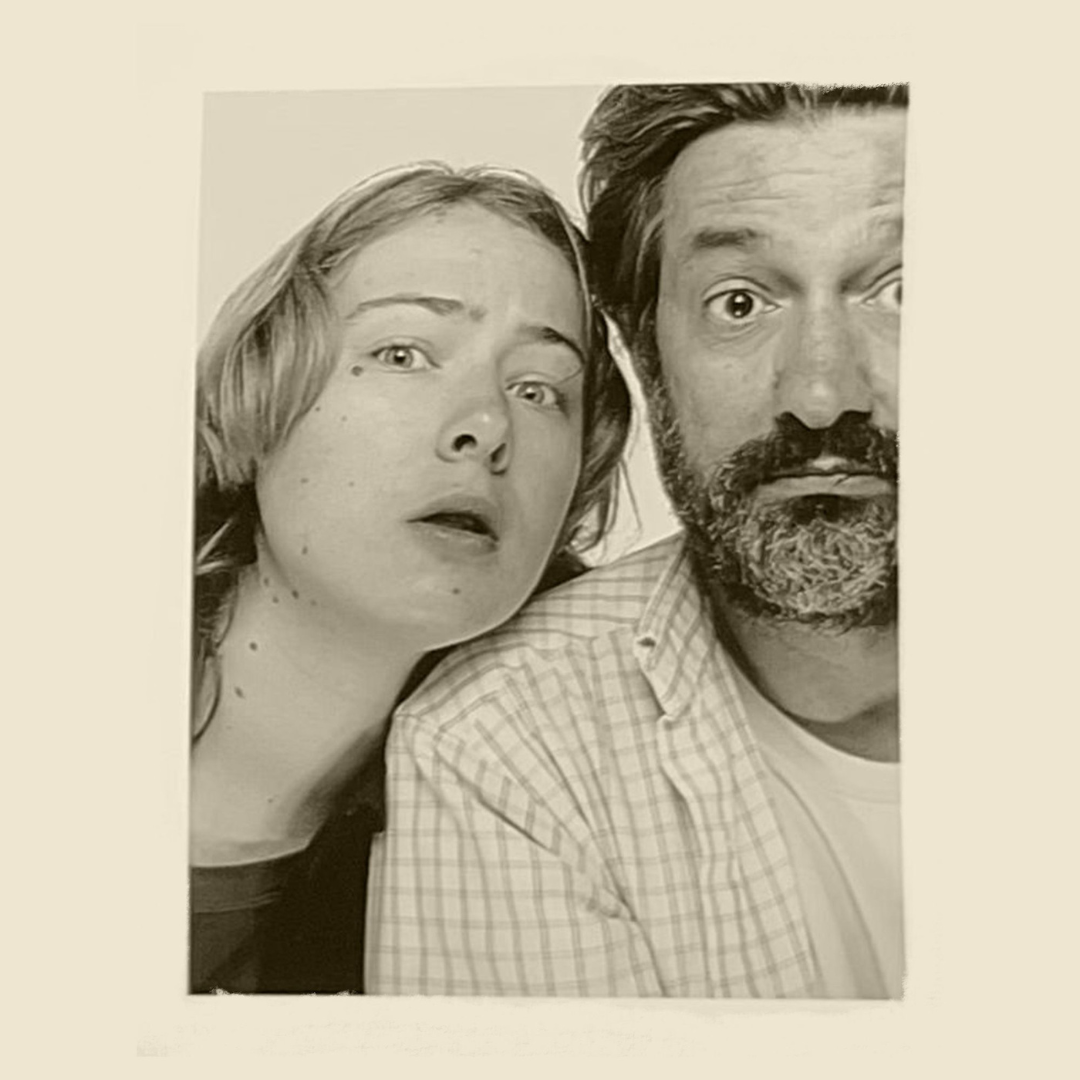
How did you merge your individual approaches into a cohesive sound?
Sander: Have you heard of the album Mother Is The Milky Way by Broadcast? That album, where anything goes and everything happens, was a kind of blueprint for our collaboration. Their tracks are more than just songs—they incorporate various field recordings and unexpected elements, which really resonates with our taste and how we like to explore and enjoy music.
And how did you manage to strike a middle ground while working together?
Sander: I used to focus on writing traditional songs, but then I shifted to making instrumental pieces. Over time, I started to miss the songwriting aspect, while I sensed that Dax was maybe getting tired of it. So, we began layering ideas and experimenting, and somehow everything just clicked.
Dax: For me, the most enjoyable part isn’t necessarily the music itself. I feel much more at home with creating animations and crafting visual elements. That’s where I can really think freely and explore different paths, whereas Sander tends to spend more time thinking about the music itself.
Sander: Yeah, but not so much on the songwriting.
Dax: I mainly write the lyrics and the melodies, but when it comes to blending everything together and working with ambient sounds, that’s really what Sander is good at.
Sander: We also got things done pretty quickly. That was another middle ground for us.
Do you typically spend more time on your projects, Sander?
Sander: When I used to write songs, I’d often dwell on them, sometimes overthinking. But with instrumental music, I’ve learned to finish them more quickly.
Your music often touches on fleeting memories and transient moments, and it seems to carry through with your duo project.
Sander: I’ve been drawn to this concept lately. To me, it feels like capturing a moment in time with music. The feeling it evokes is undeniably there, but then it evaporates in a few seconds. Yet, it still remains, in a way. I find it intriguing, this idea of working more with sound and less with structure.
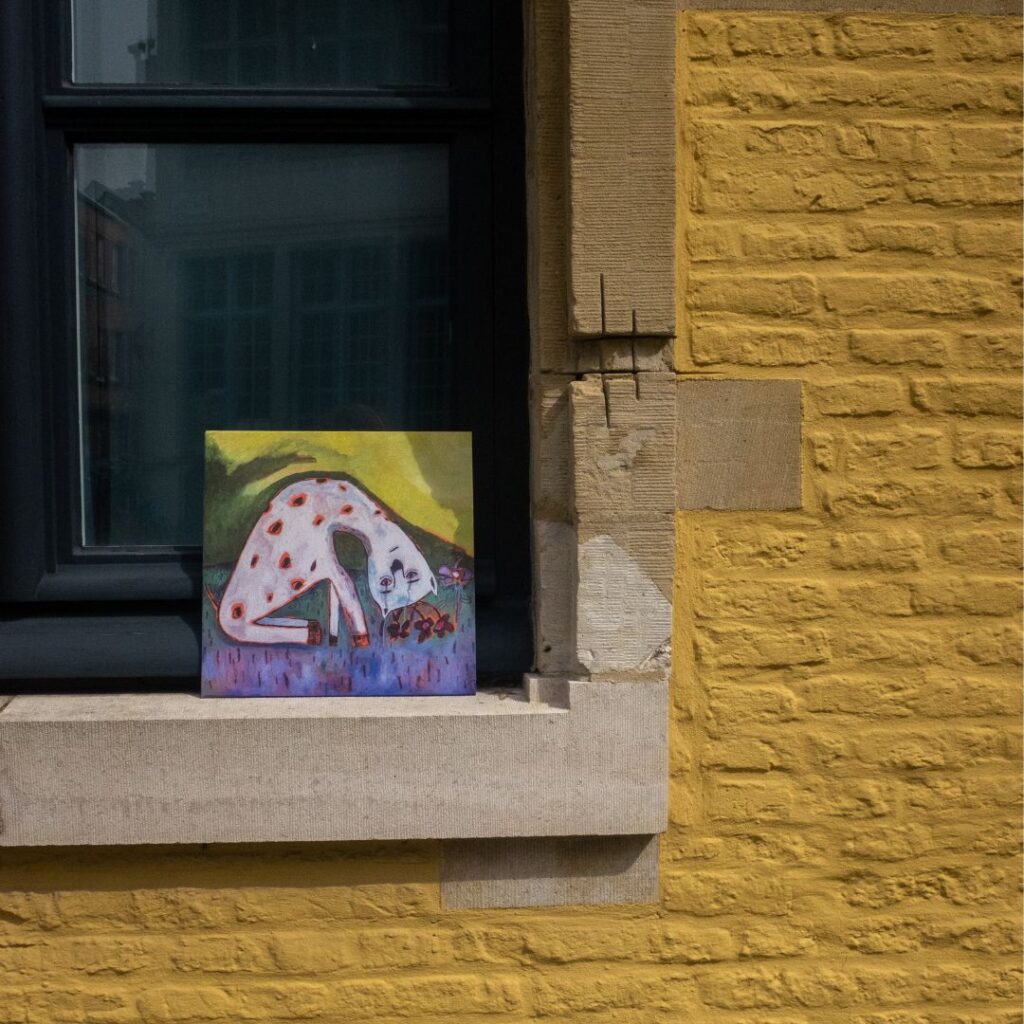
Dax, in what ways do the visual elements you create interact with the music?
Dax: I’m really enjoying working on the animations and visual elements within this project, because I have the freedom to do anything I want. The songs on the album aren’t confined to literal interpretations, so it gives me the space to play and experiment. It feels like I’m exploring an ever-shifting world, where certain characters keep resurfacing, their stories evolving and finally intertwining with the music I create. I find it really interesting how my previous solo music, though always accompanied by visual elements, never quite clicked with the visuals in the same way it does now.
Why do you think that is?
Dax: For some reason, when I’m not solely responsible for creating the music, it just seems to make more sense. Sander and I also share a very similar taste and perspective on the world and how we interact with it, which also explains why the visuals and music click more effortlessly now.
He’s also able to express what I envision in music more effectively because my musical ability is more limited. It’s like speaking a language where I know some words and grammar, but it still feels rough around the edges, whereas he’s really fluent in it and can really articulate all its nuances.
Sander: I also think it’s the most cohesive work we’ve done where everything just makes sense: the paintings, the animations, the music I make, the music Dax makes. It all fits together perfectly. I am also very happy with the band name we’ve chosen. Can you think of something more positive than “Love Is Yes?”
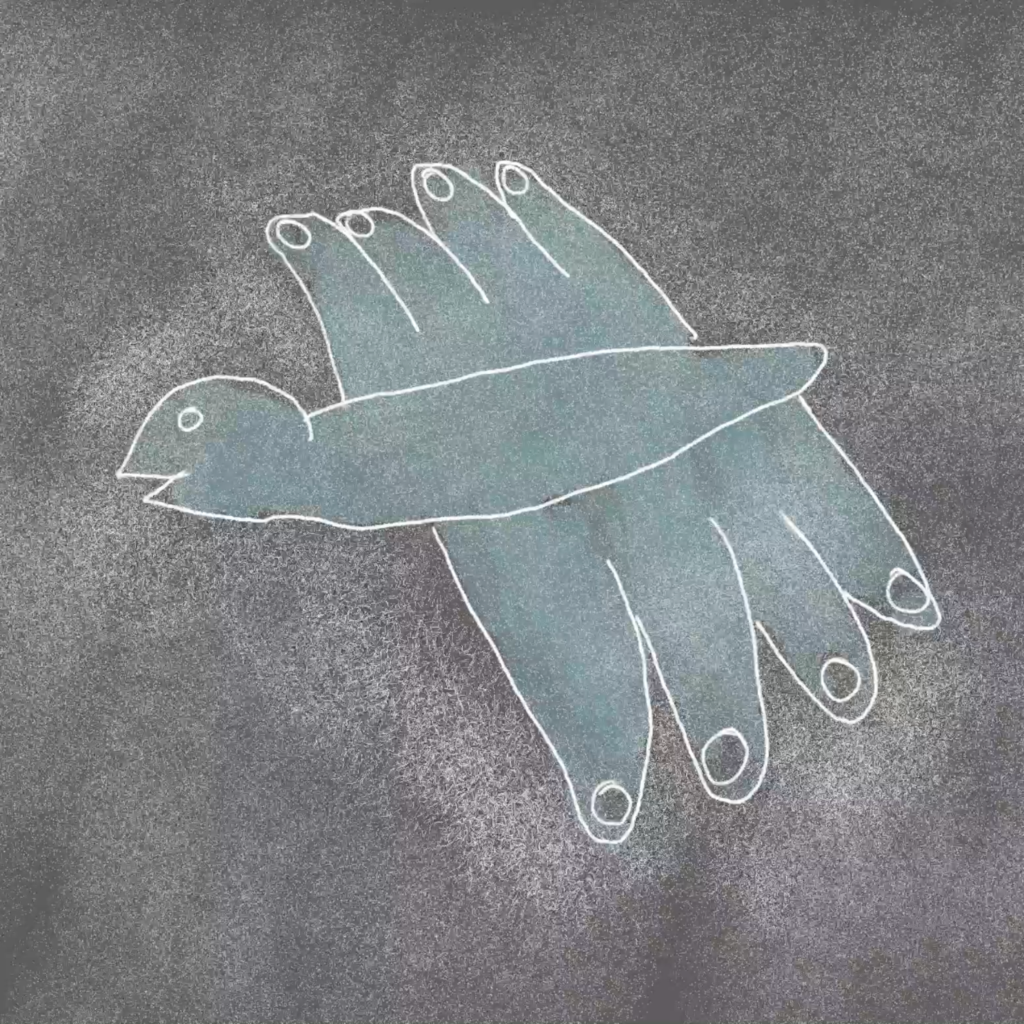
How would you describe your duo project to someone unfamiliar with your drawings or music?
Sander: Richard from Kit Records summed it up nicely when he said, “Well, it’s weird, but I could still play it at a dinner party.”
I’m not sure if it will make sense to everyone, definitely not to my mother, but I just hope that it speaks for itself when you see the album cover, the animations, or listen to the music.
I’ve also never really tried to describe the music I create in depth. It’s just…it is what it is. I think everyone who makes music has a really hard time describing what they make. When you talk about it, all of a sudden it can sound really pretentious or something bigger than it originally was.
So, what’s next?
Sander: Dax has plans for a dance album next, but she has the weirdest ideas about what a dance album is. When I put on Philip Glass’s Einstein On The Beach, it’s a dance album for her.
Dax: Yes, because I have no rhythm, but I have great dancing skills. They are just a bit particular.
Sander: Maybe we’ll explore making something really loud at some point, but we’re not sure yet. We’re already brainstorming ideas for new music, though.
